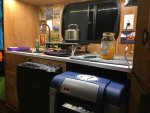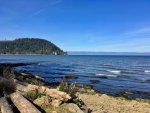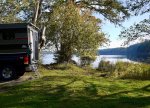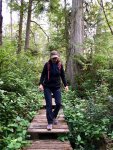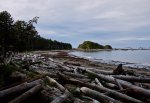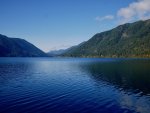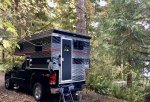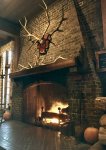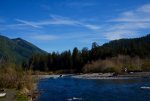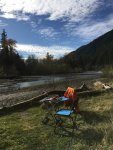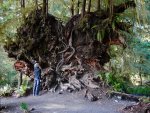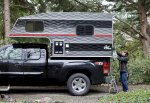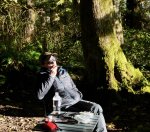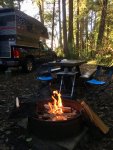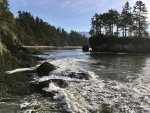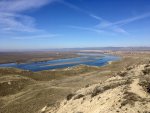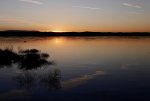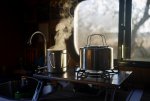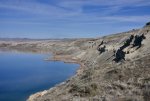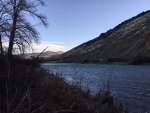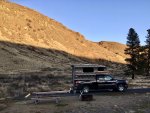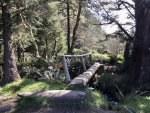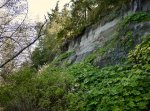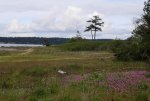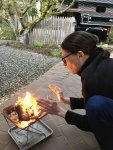Gold Bluffs Trip

The Gold Bluffs campground is on a beach at the end of a twisting narrow road in the Redwoods National/State Park. We’ve camped there a few times either heading north or south, but never as a destination.

After celebrating Solstice with house guests we packed up and headed out on Christmas Eve to meet friends in Oregon’s Fort Stevens park, which is on the Clatsop Spit at the mouth of the Columbia. It is a great place to camp at the start and finish of a coastal trip as it is under 200 miles from home along RT 101. We spent two nights there visiting and celebrating the change of season.
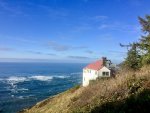
We don’t travel fast or far on 101, especially the Hood Canal section in Washington and the road north of Newport in Oregon. There are a lot of small towns and winding sections of the highway. And we seldom get an early start. That explains why we ended up at Alder Dunes for the evening having only driven about 200 miles for the day. The day’s drive started at 11:00, then took a 30 minute break for a coffee shop in Sea Side, just south of Fort Stevens. And we also stopped for about an hour for lunch at the Lookout.

Alder Dunes is a FS campground operated by a private contractor. We were the only one camped there for the evening, aside from the camp manager (not Host). There are no two-tracks giving access to the Beach from the campground, instead there are a couple of trials, one of which we tool just before sunset. I imagine it doesn’t get as many people as the campgrounds with vehicle access to the beach, especially this time of year. It is worth checking out again, with more daylight.
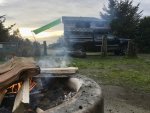
We made Gold Bluffs early afternoon the next day, and were surprised to see more than half the camp sites taken. Davidson Road off of 101 just north of Orlick, CA doesn’t permit trailers and is not kind to small vehicles. Most of the campsites had pick-up trucks or SUVs with RTTs, there were also a couple of Sprinters and Vans. Two of our three nights were rain free and we were able to hang out with a fire.
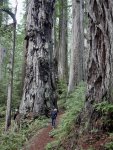
The allure of Gold Bluffs to us isn’t the Fern Canyon, but the Miner’s Ridge Trail. It starts just outside of the campground and follows a creek into the forest. Within 15 minutes you are standing among the redwoods, old redwoods. A 2 mile walk brings you to the junction with the Clintonian Trail that can take you to Prairie Creek and the visitor center or to the Fern Canyon. We’ve done both, but decided to do a turn around after a few miles. The other two days hike were on the beach toward the end of the day. It’s an amazing place.
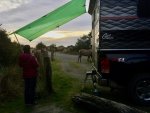
Roosevelt Elk live along the flats and frequent the campground. We only saw cows here, though we saw bulls fighting along 101 on our way north.
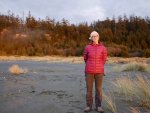
We stayed at Beverly Beach, an Oregon State Campground on the way north. Like Fort Stevens it offers electric and water. Not a bad thing after five days of boondocking. The hot showers were also appreciated.

Five years ago we spent New Years Eve in Astoria finishing our trip with Sprinter up from Texas. It was our last night before heading back to Juneau, as we were leaving the van in Yelm for a few months. We stayed at a hotel on the Columbia and had dinner at the Rogue Brewery on the wharf. We decided a repeat of the night was in order and booked the hotel. Good way to end the year, and five years of road tripping.
